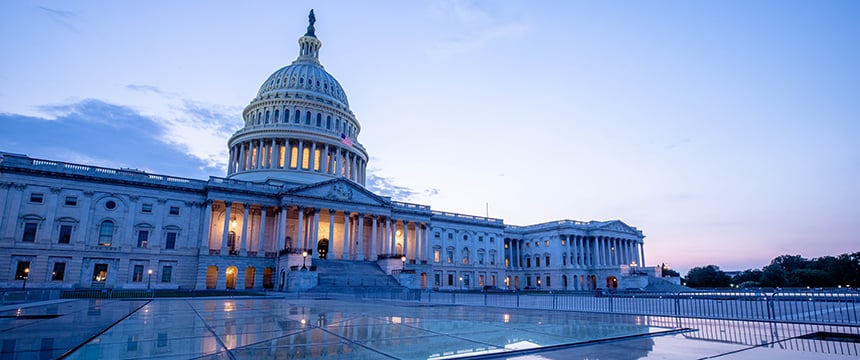Potential Changes to the Capital Gains Tax Rate

9/14/2021 UPDATE: The House Ways and Means Committee released their tax proposal on September 13, 2021. A summary can be found here and the full text here. The proposal would increase the maximum stated capital gain rate from 20% to 25%. The effective date for this increase would be September 13, 2021. Additionally, the proposal would impose a 3% surtax on modified adjusted gross income over $5,000,000, effective after December 31, 2021. Once fully implemented, this would mean an effective federal tax rate on most long-term capital gains for high earners of 31.8% (25%, plus 3% surtax, plus 3.8% tax on unearned investment income). A transition rule would protect gain recognized in 2021 that arise from transactions entered into prior to September 13, 2021 pursuant to binding written contracts.
Under this proposal, there still would be an advantage of closing transactions in 2021, as 2021 gain avoids the 3% surtax. The chart assumes a sale of stock by an individual with modified adjusted gross income over the high income threshold.
|
Transaction Date |
Consequence (High Earners) |
| Prior to September 13, 2021 (includes binding written contracts entered into before this date for gain recognized in 2021) | 20.0% + 3.8% |
| September 13, 2021 to December 31, 2021 | 25% + 3.8% |
| January 1, 2022 | 25% + 3.8% + 3% |
Whether this proposal passes remains an open question. The bill will be the basis for reconciliation between the House and Senate. The bill also omits the so-call “SALT repeal” and leaves in place the limitations on the deductibility of state and local taxes.
Original Post – The Biden Administration released further information about its plans for changes to the capital gain rate. Under the proposal, a new capital gain rate would apply to capital gains recognized after the date of the proposal. As a reminder, the proposal calls for taxing long-term capital gains at ordinary income rates for high-income individuals and trusts (40.8% being the highest capital gains rate with a 37% income tax rate and the 3.8% net investment income tax). Note, however, that proposal also calls for an increase in ordinary income rates to a top rate of 39.6%.
The guidance came in the form of the General Explanations of the Administration’s Fiscal Year 2022, also informally known as the “Green Book.” The Green Book is located here.
The guidance is merely a legislative proposal that needs to be enacted by Congress. As of the date of this writing, a bi-partisan revenue-raising bill appears highly unlikely. Accordingly, any legislation will likely be passed on party-line votes. Democrats can afford only a few representatives to decline to support the measure, and none in the Senate, if the measure is to pass. A retroactive effective date may be viewed by some as an unfair increase. From a revenue-raising standpoint, the government may stand to raise more revenue with a delayed effective date, such as applying to gains recognized on or after January 1, 2022. Given the need to find near consensus within the party, a later effective date may be necessary to gain passage.
Until definitive legislation is passed, for those parties pursuing transactions, it may still be better to recognize capital gains earlier rather than later. A negotiated out could, for example, introduce an effective date as of the date of the compromise or the date of the bill passage.
|
Effective Date |
Consequence |
| April 2021 | Your transaction will be subject to tax at a higher rate |
| Interim date (before end of the year) | A potential benefit from closing before the effective date |
| January 1, 2022 | No benefit to accelerate closing before December 31, 2021 |
Tax is but one consideration in the timing and cadence of any transaction. Given the uncertainty of outcomes currently, extra attention should be paid to the timing and potential costs associated with that timing.

